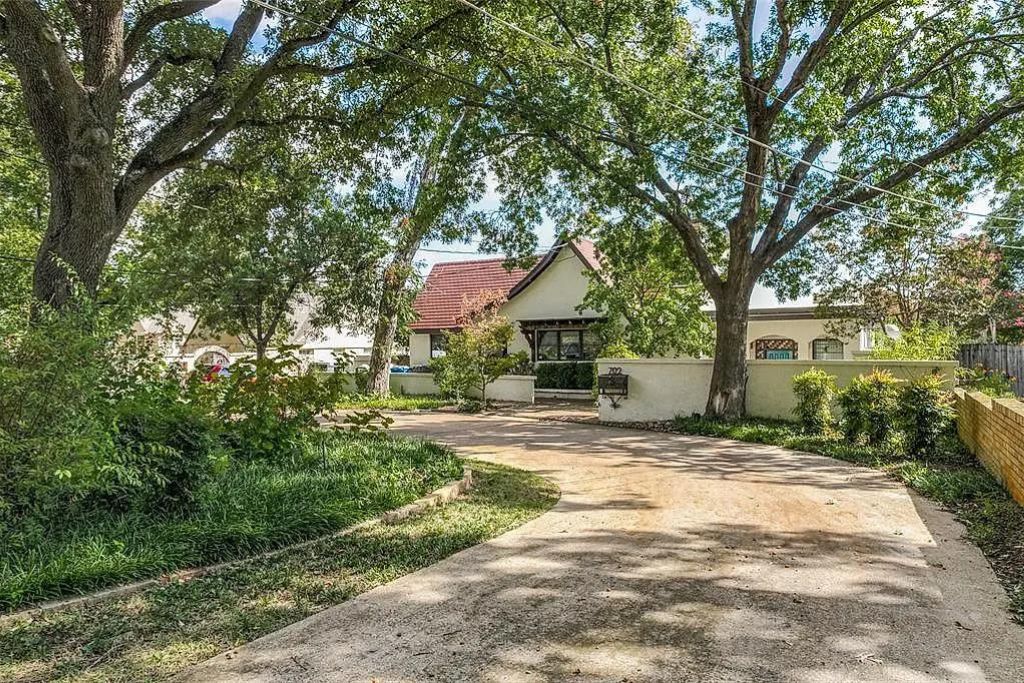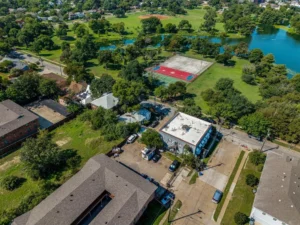Introduction to Cost of Living Comparison
When considering a relocation, assessing the cost of living is crucial. It plays a key role in determining financial viability. This comparison examines Dallas Living Costs versus other Texas cities like Houston, Austin, San Antonio, Fort Worth, and El Paso. Key components evaluated include housing costs, transportation expenses, healthcare accessibility, and overall quality of life.
Understanding how Dallas’s cost of living compares to other Texas cities helps individuals weigh their options. For example, examining average expenses for groceries, utilities, transportation, and healthcare in Dallas versus other cities sheds light on daily affordability. This thorough exploration provides individuals with the necessary insights to make informed relocation decisions within Texas.
Factors Influencing Dallas Living Costs
When considering the cost of living in Dallas versus other major Texas cities, it is essential to analyze various influential factors. State income tax, a notable financial aspect, significantly affects the overall living expenses in Texas. For instance, Texas is known for not imposing state income tax, which can be advantageous compared to states with income tax requirements. This tax advantage can impact the affordability of living in Dallas and other major Texas cities.
Moreover, the sales tax rate in Texas, which stands at 6.25%, also contributes to the cost of living. Understanding the sales tax implications can help individuals plan their budgets effectively when relocating to cities like Dallas. By comparing these tax rates to other cities nationwide, individuals can evaluate the financial feasibility of residing in Dallas or opt for other Texas cities with different tax structures that may better suit their financial circumstances. Additionally, access to healthcare services is a crucial factor influencing living expenses. Texas’s overall healthcare access and affordability significantly impact the cost of living, making it essential for individuals to consider these aspects when comparing Dallas to other Texas cities.
Housing Costs Comparison
When comparing housing costs between Dallas and other major Texas cities, it’s crucial to consider more than just prices. For instance, average home prices in Dallas versus Houston, Austin, San Antonio, Fort Worth, and El Paso highlight real estate market disparities. By examining rental costs, individuals can decide whether renting or buying is feasible based on their finances and goals.
Moreover, analyzing property taxes in Dallas compared to other Texas cities reveals ongoing expenses beyond initial payments. For example, differing property tax rates between Dallas and Houston can impact the overall cost of homeownership. These details are vital for individuals or households looking to relocate within Texas, emphasizing the importance of thorough research and analysis.
Breakdown of Average Dallas Living Costs
When comparing average monthly expenses in Dallas to other major Texas cities, specific cost variations are essential to note. For instance, grocery costs in Dallas might differ significantly from Houston due to factors like proximity to agricultural regions and local market competition. Understanding these nuances helps individuals anticipate their grocery budgets and adjust spending habits accordingly.
Moreover, analyzing utility expenses, including electricity, water, and heating, offers insights into the overall cost of living in each city. For example, Dallas might have higher electricity costs than Fort Worth due to differences in energy providers and infrastructure investments. Exploring such details allows individuals to assess utility affordability and plan their budgets effectively to avoid financial strain.
Quality of Life Assessment
When evaluating the quality of life in major Texas cities like Dallas, several factors are crucial. Exploring education systems in Dallas compared to Houston, Austin, and San Antonio can provide insights into academic opportunities. Additionally, examining healthcare facilities, including hospitals and medical services, helps understand the level of care in each city.
Analyzing crime rates and employment opportunities in Dallas, Fort Worth, and El Paso helps gauge neighborhood safety and job market conditions. By comparing these aspects, potential residents can make informed decisions based on their priorities. For instance, comparing crime rates in Houston and Dallas might influence a household’s choice regarding community safety.
Furthermore, comparing cultural diversity, recreational activities, and community amenities in Dallas to other Texas cities helps assess each place’s vibrancy. The availability of parks, museums, theaters, and community events in Dallas versus Fort Worth highlights social and cultural experiences. Evaluating these qualitative aspects can significantly influence the decision-making process when considering a move to a new city in Texas.
Final Insights on Dallas Living Costs
When comparing the cost of living between Dallas and other Texas cities, affordability and quality of life stand out. Dallas has a higher cost of living than the national average, driven by housing, healthcare, and utility costs. In contrast, Fort Worth and El Paso offer a more affordable environment, making them appealing for those looking to save on expenses.
For individuals or households planning a move to Texas, decisions should be based on unique needs. Those preferring a vibrant urban lifestyle might find Dallas or Austin more appealing due to their cultural scenes and job opportunities. On the other hand, people seeking a relaxed environment might choose San Antonio or Fort Worth, which offer a slower pace and affordable housing.
Potential movers should use cost of living calculators and real estate market analyses to understand the financial aspects of relocating. These tools help individuals make informed decisions that fit their budget, lifestyle, and career goals. The key to successful relocation is balancing affordability, quality of life, and personal aspirations when choosing among Texas cities.




















